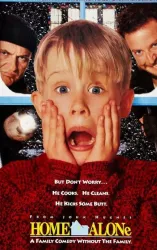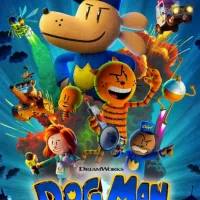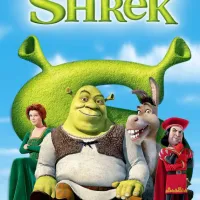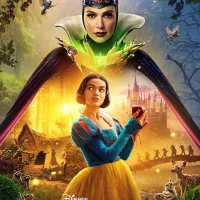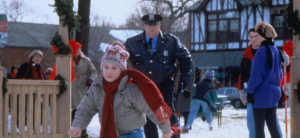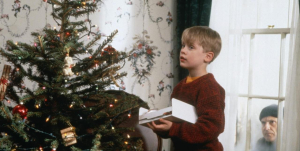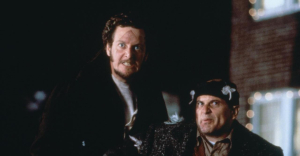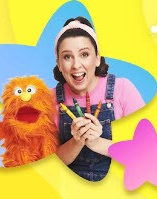Home Alone
Released in 1990, Home Alone is a holiday classic that has remained timeless. Directed by Chris Columbus and produced by John Hughes, the film presents a whimsical and amusing tale centered around a young boy who accidentally gets left behind when his family travels for Christmas. Kevin McCallister, the protagonist, is portrayed by the talented Macaulay Culkin, who captures the essence of childhood innocence and mischief. The concept of being left home alone during the festive season instantly resonated with audiences, turning it into a beloved part of pop culture.
The Storyline and Setting
The film follows Kevin McCallister, an eight-year-old boy who dreams of a Christmas without his family. After an altercation with his siblings and a chaotic family gathering, he wishes that his family would disappear. The next day, during the rush to catch a flight to Paris, his family neglects to realize that Kevin is missing, leaving him home alone for the holidays. The suburban setting of Chicago provides a familiar backdrop for many viewers, enhancing the relatability of the film’s narrative.
The Alluring Character of Kevin McCallister
Keenly portrayed by Macaulay Culkin, Kevin embodies the archetypal child spirit filled with imagination, resilience, and a dash of naughtiness. Throughout the movie, viewers witness his transformation from a scared young boy into a resourceful individual who defends his home from burglars. Kevin's clever traps and ingenious tactics showcase the themes of ingenuity and bravery, making him an endearing character who resonates with both children and adults alike.
The Comedic Antagonists: Harry and Marv
The burglars in Home Alone, Harry Lyme and Marv Murchins, are played by Joe Pesci and Daniel Stern, respectively. Their comical incompetence and bumbling nature provide both humor and an engaging counterbalance to Kevin's character. The duo's clownish attempts to break into the McCallister home lead to a series of laugh-out-loud mishaps, showcasing the film’s unique blend of slapstick comedy. Their comedic timing and chemistry add depth to the storyline and make their interactions with Kevin endlessly entertaining.
Iconic Pranks and Gags
One of the hallmarks of Home Alone is the series of clever traps that Kevin sets up to thwart his would-be intruders. From paint cans swinging from the staircase to flaming hot doorknobs, the pranks are both elaborate and imaginative. Each gag escalates in hilarity, and their absurdity draws laughter while simultaneously showcasing Kevin's ingenuity. These unforgettable scenes have made a significant impression, with several turning into emblematic representations of the movie.
The Importance of Home and Family
While Home Alone delivers humor through its festive antics, it also conveys poignant messages about the significance of home and family. Kevin’s solitary journey emphasizes the importance of familial bonds and the warmth of home, which he begins to appreciate once left alone. His yearning for his family when faced with challenges underlines the film's underlying emotional depth, making it relatable to audiences who understand the value of love and support from family.
Filming Locations and Production Design
The film is set in various iconic locations, notably the McCallister home in Chicago. The real-life house, located in the suburb of Winnetka, became a point of interest for fans. The production took meticulous care in depicting the holiday season, from the atmosphere to the decorations. The traditional suburban neighborhood paired with twinkling Christmas lights creates a nostalgic feeling that resonates with the audience, enriching the overall viewing experience.
The Musical Score and Soundtrack
John Williams composed the delightful musical score for Home Alone, which enhances the film’s emotional and comedic moments. The score features a blend of whimsical tunes and orchestral pieces that elevate Kevin’s adventures and contribute to the film's holiday spirit. Additionally, the soundtrack includes classic Christmas songs that help cement the film within the festive season, further amplifying its charm and appeal.
The Legacy and Cultural Impact
The cultural impact of Home Alone is undeniable. It remains a staple during holiday seasons, garnering annual television airings and further home viewings. Its catchphrases, memorable scenes, and beloved characters have cemented its position in pop culture, influencing other films and media. Furthermore, the film's continued popularity has led to sequels, merchandise, and a variety of adaptations, expanding its reach across generations.
The Relationship Between Kevin and His Family
Throughout the movie, there is an exploration of family dynamics, particularly in Kevin’s relationship with his family members. At the start, Kevin feels misunderstood and isolated; this leads him to wish for solitude. However, as the story unfolds, viewers witness how his family learns to appreciate him, and Kevin comes to understand the warmth and significance of togetherness. This introspection enhances the narrative, making it more than just a holiday comedy.
Childhood Resilience and Independence
Home Alone also emphasizes childhood resilience and the spirit of independence. Kevin's capability to navigate challenges and think on his feet becomes a driving theme of the story. His experiences and daring actions highlight the innate bravery found in children, showcasing that even in moments of fear, there is strength. The film thus inspires young viewers to explore their creativity and bravery when facing unexpected situations.
Humor Rooted in Slapstick Tradition
The humor in Home Alone heavily leans on the tradition of slapstick comedy, reminiscent of early cinematic pioneers. The exaggerated physical humor, coupled with comedic timing, appeals to audiences of all ages. Children find joy in the absurdity of the situations, while adults appreciate the nostalgia tied to classic slapstick routines. Such humor ensures repeated viewings, as each engagement reveals more layers of laughter and joy.
Dialogue and Catchphrases
The film is sprinkled with memorable dialogue and iconic catchphrases that have entered the lexicon of pop culture. Lines like "Keep the change, ya filthy animal!" and "I made my family disappear!" have become synonymous with the film, evoking laughter and recognition. These quotable moments contribute to the film's charm, allowing audiences to reminisce and share enthusiasm for the character moments that shaped their childhood memories.
The Evolution of Home Alone Franchise
Over the years, Home Alone has spawned several sequels and spin-offs. While some attempts have revisited the original formula, others have sought to reinvent the concept for new generations. The original remains a beloved classic, yet the evolution of the franchise indicates its impact and relevance in changing times. Revisiting the central themes of mischief, family, and resilience continues to resonate, offering a multi-generational appeal.
Home Alone Merchandise and Media Appearances
The success of Home Alone led to numerous merchandise opportunities, each catering to fans young and old. From toys and collectibles to food products, the film's branding expanded its reach far beyond cinema. Additionally, with various media appearances and parodies across television and film, Home Alone remains a cultural touchstone, ensuring its place within holiday traditions for years to come.
- Memorable Characters: The characters, especially Kevin, leave a lasting impression with their antics
- Strong Themes: The film explores important themes of family, love, and childhood resilience
- Iconic Scenes: Many scenes have become iconic and are often referenced in popular culture
- Catchy Soundtrack: The score by John Williams enhances the emotional and comedic moments
- Holiday Tradition: Home Alone has become a staple holiday movie, enjoyed by families year after year
- Over-the-Top Scenarios: Some viewers may find the plot exaggerations unrealistic
- Simplistic Moral Lessons: The film's messages may come off as overly simplistic to some audiences
- Lack of Character Development: Secondary characters, particularly the family, do not receive much depth

